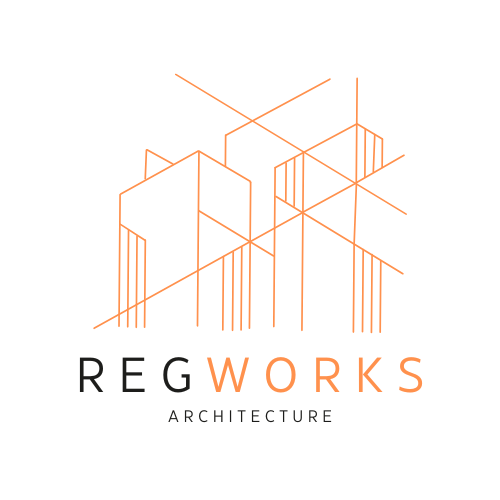The cost of bad detailing
The Difference Between Good and Bad Detailing Packages – and Why They Impact Your Budget
If you’re looking for building regulations drawings or construction detailing, here’s the question you should be asking:
Do I want to save money now, or do I want to save money (and stress) in the long term?
On the surface, two technical drawing packages might look the same - the same number of sheets, similar layouts, same building footprint. But the difference in quality can make or break your project’s budget.
Bad Detailing: The Hidden Cost Nobody Talks About
There’s no shortage of consultants who will produce a set of drawings. But when the proverbial hits the fan on site, will they be there to fix it?
Bad detailing often relies on generic, copy-and-paste solutions that don’t reflect the unique conditions of your project. These “one-size-fits-all” details leave gaps, create inconsistencies, and can cause expensive mistakes during construction.
The result?
Contractors guessing on site.
Confusion between trades.
Delays, wasted materials, and budget overruns.
In construction, guessing is not just risky - it’s costly.
Good Detailing: Tailored, Clear, and Build-Ready
A good set of building regulations drawings isn’t just about meeting minimum requirements - it’s about ensuring the build runs smoothly from day one.
Yes, there are standardised details. But a skilled designer will adapt these to your RIBA Stage 4 drawings, ensuring they suit your specific materials, site conditions, and construction methods.
This means:
Clear instructions so builders don’t have to second-guess.
Coordinated information across all drawings to avoid conflicts.
Site challenges resolved on paper before they cause real problems.
Why Small Jobs Can Be More Complex Than Big Ones
Homeowners often assume a small rear extension is “simpler” than a new-build house. In reality, tying new work into existing structures can involve more complicated junctions, sequencing, and services coordination than starting fresh.
That’s why the value of good detailing has nothing to do with project size — and everything to do with complexity, risk, and precision.
The Gaps That Cost You
Too many projects fail because of gaps in the agreement between client and designer. Not enough time is invested at the start to fully set things up, which means:
Missing information.
Ambiguities in scope.
Last-minute changes on site.
These gaps are where costs spiral. A well-prepared construction detailing package closes those gaps before the build starts.
Checklist: What a Good Technical Drawing Package Should Include
Drawings tailored to your site, materials, and build method.
Full coordination across plans, sections, and details.
Practical buildability reviewed at design stage.
Coverage of junctions, tolerances, and interfaces.
Responsiveness to on-site queries during construction.
Final Thought
You won’t remember the day you saved a few hundred pounds on your drawings. But you will remember the day a missing detail cost you thousands in remedial work.
Good detailing isn’t a luxury - it’s your insurance against delays, disputes, and wasted money.
If you want to avoid costly surprises and keep your build running smoothly, make sure your technical drawings are as strong as the foundations they’re built on.

